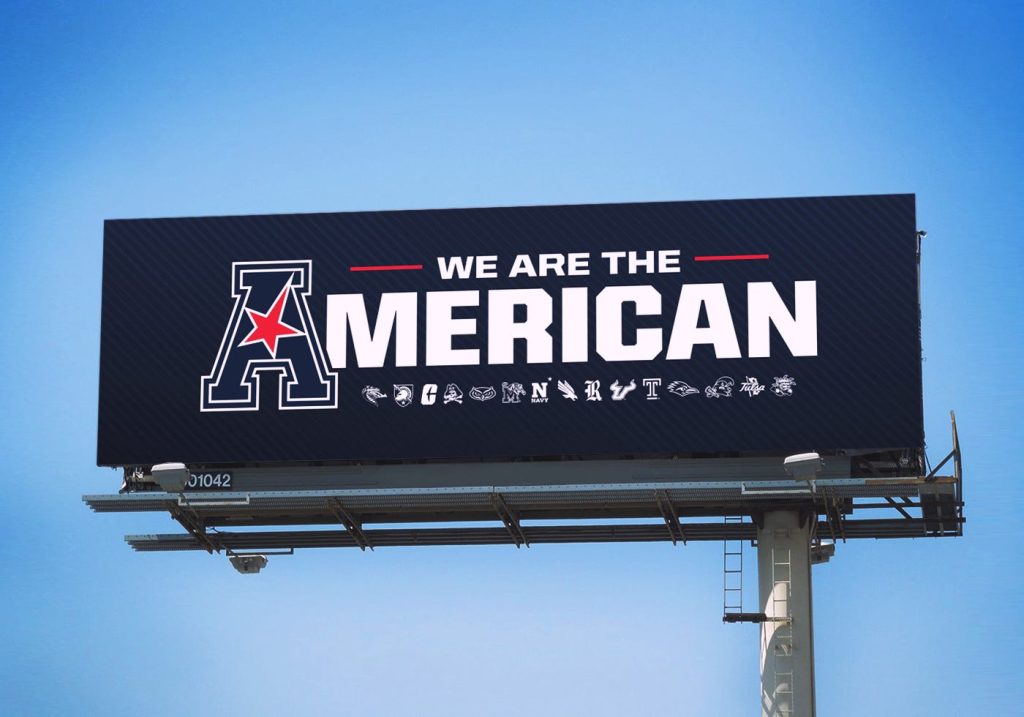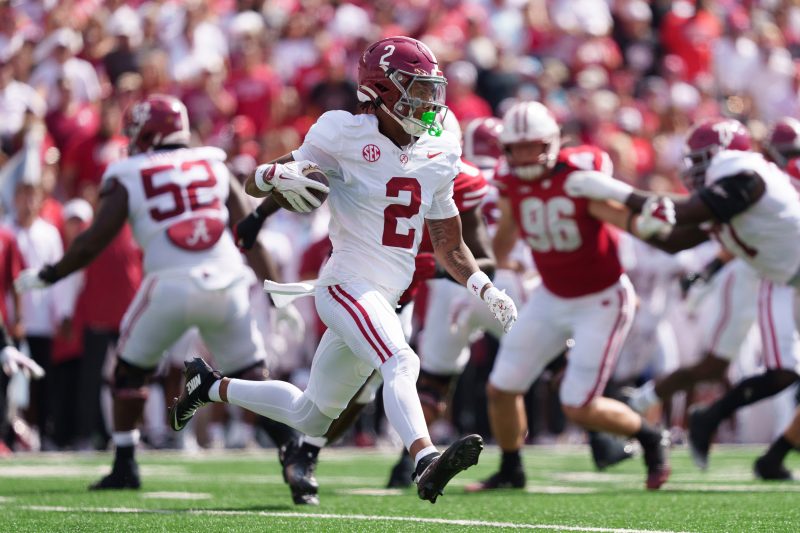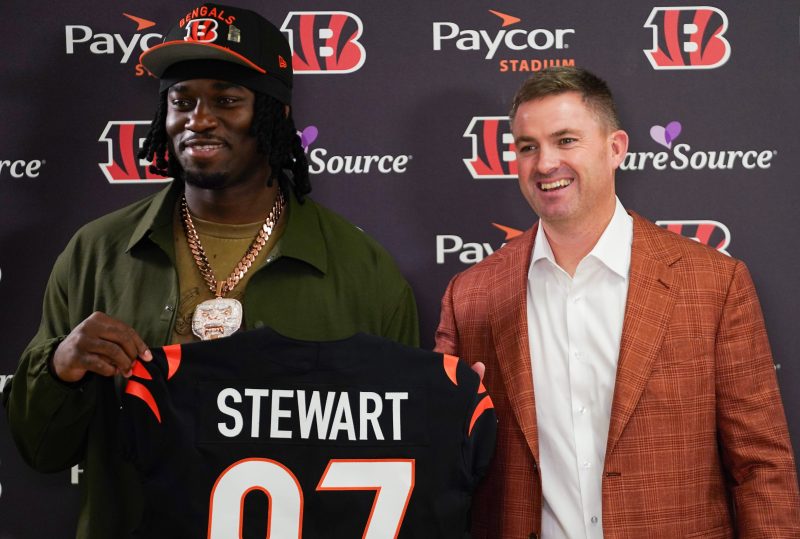AAC rebrands to American Conference, controls own destiny

In a way, every conference in college sports has been constantly rebranded over the last 15 years whether they wanted it or not.
Multiple waves of realignment have redrawn maps and stratified power. The College Football Playoff and distribution of its riches have formalized and widened the split between the haves and have-nots. And now there’s a new model where schools are allowed to share up to $20.5 million in revenue with their athletes, stressing budgets and perhaps creating more of a chasm between those who pay and those who do not.
Amidst all that, one of the survivors and strivers of this era is – for once – rebranding itself rather than being defined by events it had little control over.
As of Monday morning, what we used to know as the American Athletic Conference and informally call “the AAC” is no more.
Say hello to the American Conference with its ‘Built to Rise’ tag line, new wordmark and some innovative opportunities built around branding elements that commissioner Tim Pernetti expects to create revenue for the league.
Though it may seem like a subtle change – American Athletic Conference versus simply the cleaner and more direct American Conference – it is about more than avoiding confusion with the Atlantic Coast Conference in search engines.
But also partly that, too.
‘When I was first interviewing for the job and doing research, I pulled up a browser and Googled AAC and it defaulted to ACC,’ Pernetti told USA TODAY Sports. ‘And, you know, it was the first thing that sort of occurred to me. I remember filing it away. This industry loves abbreviations and acronyms, but I think ours sort of took a life of its own and some people frankly get confused about all of it. So that’s why I feel like this will have a tangible upside for us in that it differentiates.’
There’s a deeper implication, though, for this conference at this moment in college sports history.
Pernetti, the former athletics director at Rutgers who has held various executive positions in television and sports marketing companies, took the job in 2024 at a difficult time.
Under his predecessor, Mike Aresco, the American had invested heavily in branding itself as part of a “Power 6” even though no such designation existed in the structure of college sports. And while the American had produced the top Group of Five football team seven out of the first 10 years of the College Football Playoff amidst mostly stable membership, another wave of realignment drained the conference when UCF, Houston and Cincinnati got invited to the Big 12 and SMU engineered an invitation to the ACC.
Last fall, a new threat emerged when the Pac-12 resurrected by poaching members from the Mountain West and engaged several programs in the American about joining. But Pernetti has managed to prevent any more losses while formulating plans to increase revenue through private equity investment, sponsorship naming rights, bringing the league’s marketing arm in house and other initiatives around this rebrand.
One of them is Soar the Eagle, a multiplatform symbol that will be a live mascot, content creator and “modern media asset” that can be licensed and sold in sponsorship campaigns.
It’s clear, both from the visual markings and the public service announcement being released by the league and its brand marketing consultant Anachel, that they are leaning heavily into the word American and American imagery rather than trumpeting whether it’s the fifth or sixth best conference in college football.
And that makes sense, given that the regular fan may not be familiar with who’s in the league anymore in a league that stretches from Texas down to South Florida and all the way up the East Coast with both Army and Navy lifting the “American” bona fides.
“This is more about the core pillars of the brand and modernizing it, and it’s about providing clarity to who we are,” Pernetti said. “The process that took a year was like, ‘Let’s define what it stands for and then let’s build around the best word that I think any conference has in ‘America.’”
Among those core pillars: Innovation, service and grit – which may be the defining characteristic of this conference during its 12-year history.
Remember, the American began as the behemoth Big East, a mishmash of schools that included the original basketball members like Georgetown and Providence but also a group of transient climbers like Louisville and schools like West Virginia that didn’t fit neatly into any kind of geographic box.
A lot of members came and went as the sands shifted under everyone’s feet. The basketball-focused schools decided they wanted stability and broke free in 2013, leaving football-driven realignment chaos behind.
That created the American, which managed to carve out an impressive competitive niche in football and land a lucrative ESPN deal but was ultimately forced to reimagine itself again when the power conferences expanded to 16 teams.
Though the timing of this rebrand wasn’t explicitly tied to all the changes in college sports, it’s a statement in and of itself: For once, a league like the American is controlling its destiny.
“In this business you’re going to get hit upside the head, kicked in the faced, get punched, whatever you want to call it,” Pernetti said. “This has been a conference that has seen many versions of itself, but it’s resilient and it keeps moving and stays sustainable and I think that’s why grit being a pillar was really important. We put it on the board and we said, yeah, that’s who are we are.
“I don’t think any other conference that’s done this has created this kind of alignment, modernization of the brand from strategy to story to execution. And look, we have member institutions that are not the same as autonomy conference institutions, but the expectation isn’t any different. We’re going to compete our rear end off, we’ll generate as much revenue as we can, and it’s going to take grit. We’re fine lining up and earning it, and that has a lot to do with how we established and modernized the brand.”




